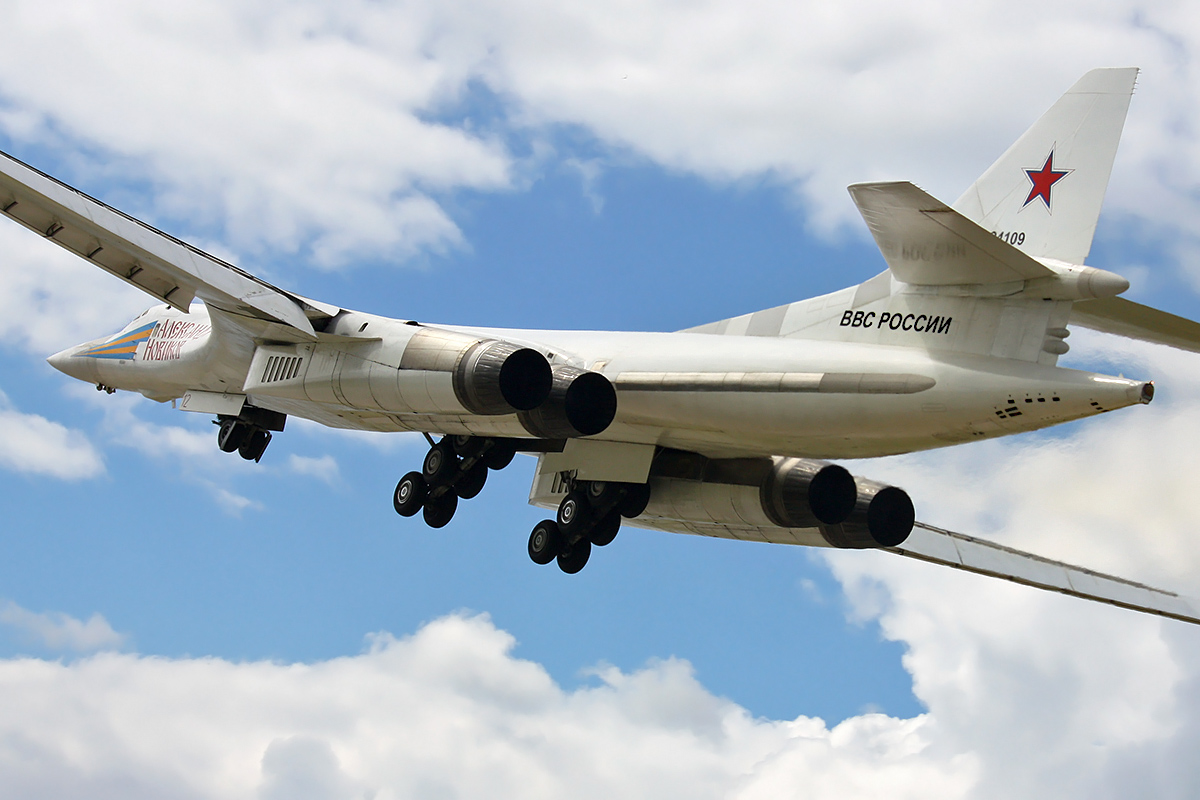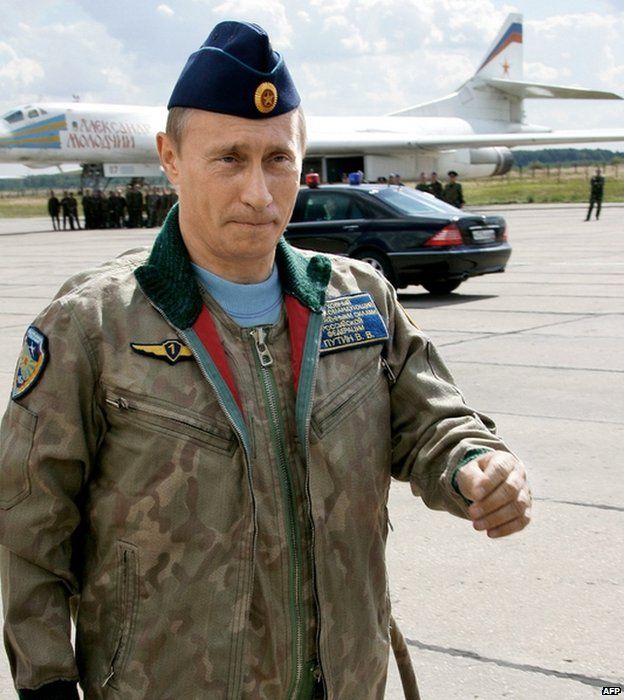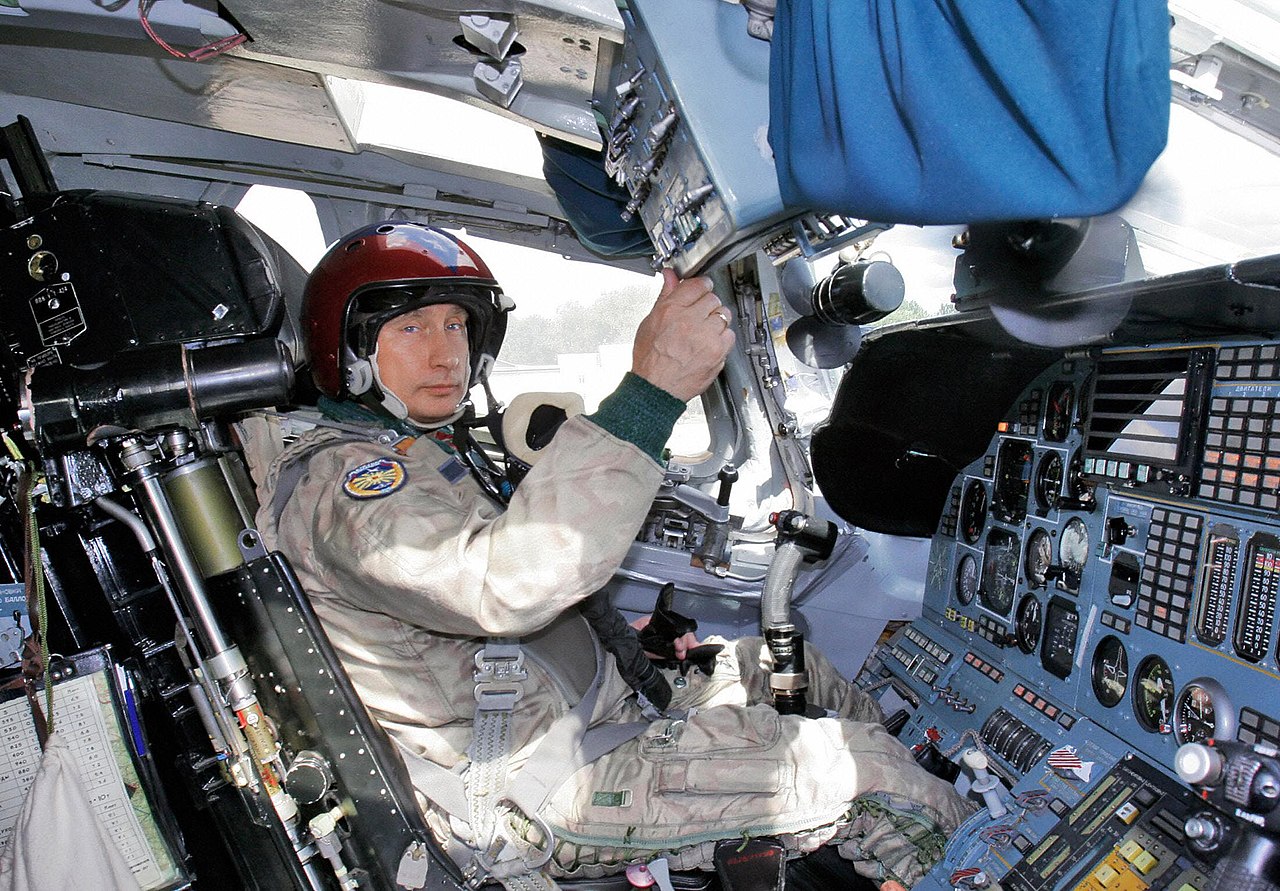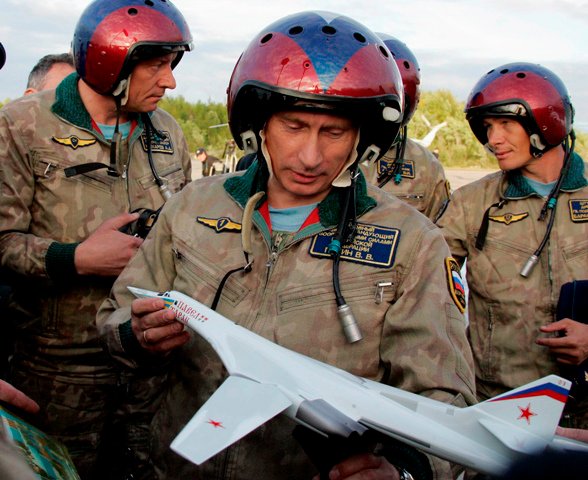The Tu-160’s performance and design attributes, according to the Russian military and many of the world’s best aviation specialists, theoretically give it an advantage over the B-1B and the stealthy B-2A
On September 23–25, 1994, the Tu-160 and the B-1B “rubbed noses” (thankfully not literally) for the first time at Poltava AB in Ukraine during the 50th anniversary celebrations of Operation Frantic (the shuttle raids against Germany), to which the USAF sent a sizable delegation. This provided an opportunity to compare the two vive types on an objective basis. Both the flight and ground crews of the bombers had the chance to look at the other’s aircraft and form their own opinions.
The Blackjack has an advantage in offensive capability to some extent, as explained by Yefim Gordon and Dmitriy Komissarov in their book Tupolev Tu-160, Soviet Strike Force Spearhead, because its primary weapon, the Kh-55SM cruise missile, is well-mastered by both the industry and the bomber crews, as well as the Kh-555 and Kh-101/Kh-102 cruise missiles. Budgetary restrictions prevented the Americans from modifying the B-1B to accommodate the pricey AGM-86B, which would have required significant changes to the avionics suite in addition to the bomb bays. In 1994, the AGM-69A had to be removed from the inventory because the missile stockpile’s shelf life had expired and the solid propellant had begun to deteriorate.
Just the B61 and B83 free-fall nuclear bombs were left in the B-1B as a result (although a small number of B28 nukes remained available in 1996). The USAF intended to equip the B-1B with the General Dynamics AGM-129A (ACM) advanced cruise missile as of 1996. Another proposed aircraft, the Boeing AGM-131A (SRAM II), was shelved in September 1991. The Joint Direct Attack Munition (JDAM) guided bomb, the Wind Corrected Munitions Dispenser (WCMD), the Raytheon AGM-154 Joint Stand-off Weapon (JSOW), and the Lockheed Martin AGM-158 JASSM (Joint Air-to-Surface Stand-off Munition) were later added to the B-1B in stages (referred to as blocks), greatly enhancing its offensive capability.
In 2007, the B-1 fleet adopted the Lockheed Martin Sniper external laser targeting pod. Moreover, the defensive avionics suite received upgrades, including the installation of the ALE-50 towed decoy system and anti-jam radios.

The Lancer didn’t get a conventional capacity for ammunition until after the First Gulf War (true, live weapons tests began in 1991 but the fleet-wide upgrade came too late for the action). The OPB-15T electro-optical bombsight was included to the targeting suite because the Tu-160 was designed to have a conventional capability from the start; nevertheless, it never actually employed free-fall bombs.
The way that weapons are carried is also different. The Tu-160 features two larger armament bays compared to the B-1B’s three (two front of the wing pivot box and one aft). The Blackjack carries all of its armament internally, whereas the Lancer has six exterior hardpoints under the forward, center, and rear fuselage that can be used to load missiles. This helps reduce the bomber’s RCS and reduce drag, thereby increasing range, even if it also explains why the Tu-160 is larger in size.
The Westinghouse AN/ALQ-161 synthetic aperture radar and the B-1B’s extensive defensive suite give it an advantage over other aircraft in terms of avionics and equipment. The flight deck of the Lancer has an electronic flight instrumentation system as compared to the Tu-160’s traditional mechanical instruments. According to press accounts, Russian and Ukrainian pilots regarded the flight instrumentation as outstanding. The two aircraft are roughly comparable in terms of crew comfort and cockpit ergonomics, albeit the B-1B’s flight deck has a little less headroom due to the nosewheel well invading it from below.
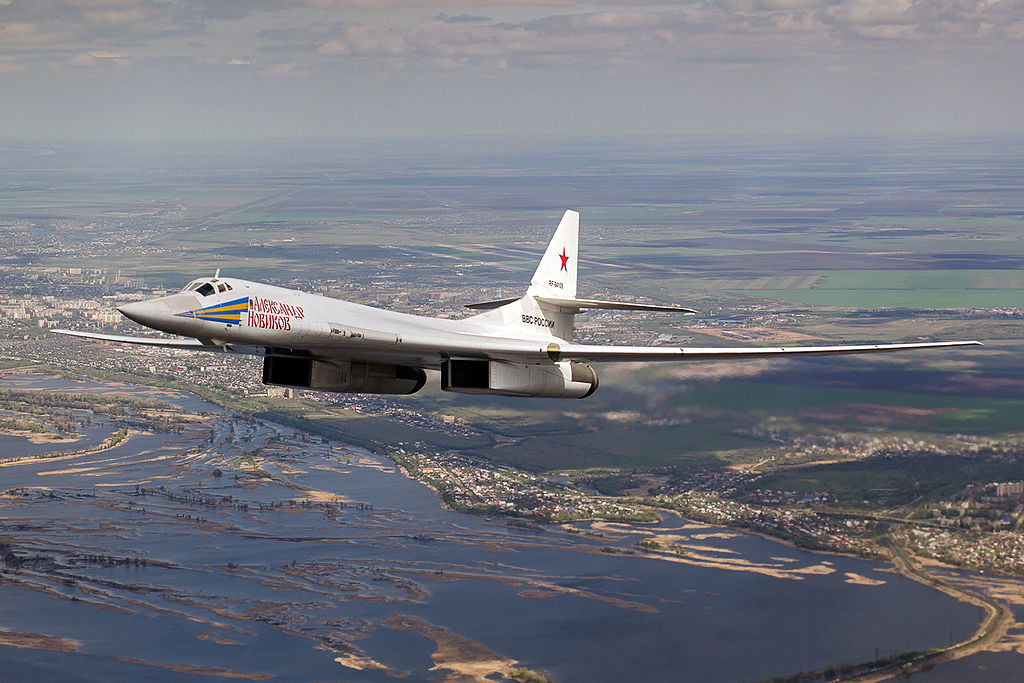
The Tu-160’s performance and design qualities are thought to potentially give it an advantage over the B-1B and other American bombers, including the stealthy B-2A, according to the Russian military and many of the world’s best aviation specialists, but theory is one thing and reality is quite another. First, when Tu-160 crews were only getting to grips with the aircraft and were constrained by several restrictions, the B-1 B was already well mastered.
The Russian Air Force then had fuel shortages and bomber fleet serviceability concerns throughout the 1990s as a result of ongoing funding shortfalls. As a result, it became difficult to give the crews enough flying time, which made it hard for the Russian airmen to retain proficiency. The ‘Bone’ and the ‘Blackjack,’ for example, both had IFR capability; nevertheless, B-1B pilots trained for aerial refueling virtually every week, something their Russian counterparts could only dream about. The Tu-160 crews’ circumstances started to improve in the twenty-first century as a result of easy access to fuel and extensive training opportunities.
In terms of operational reliability, the two types are largely comparable. Both have experienced their fair share of avionics and powerplant dependability issues.
Lt. Gen. Mikhail M. Oparin, a former 37th VA Commander, had the following opinion:
“I have a deep respect for the people who charted the development perspectives for Long-Range Aviation in the 1980s/early 1990s time frame. The structural strength reserves and upgrade potential of the Tu-95MS and Tu-160 strategic bombers allow them to be called aircraft of the 21st century and with good reason — the missile strike aircraft still have unused potential. These bombers are not only a match for the best Western hardware but excel it in certain respects. I know what I’m saying because I have had a chance to study the strategic aircraft of our ‘friends and rivals’ firsthand. I had the opportunity to fly a real B-52, and I made several flights in the B-1 simulator; after this, I was enchanted by the Tu-9SMS and especially the Tu-I60.”
It would be appropriate to end with these remarks from previous commander-in-chief of the Russian Air Force, Army General Pyotr S. Deynekin:
“What do you best compare the ‘Il’ya Muromets’ (the Tu-160 – Auth.) with? The Tu-95? Or perhaps the An-124? (The An-124 is the world’s heaviest operational military airlifter — Auth.) I guess the correct answer is the B-1B Lancer, the Tu-160’s American counterpart. In May 1992, I made three flights in a B-1B over the Nevada Desert, flying the bomber from the left-hand seat, with multiple top-ups from a KC-135 tanker. I have a commemorative picture signed by the Commanders of USAF bomber wings. I daresay they are both good aircraft and worthy rivals — as, incidentally, are the men who fly them. This is why we’d better be friends than foes, and the Americans are well aware of this.”
Tupolev Tu-160 Soviet Strike Force Spearhead is published by Schiffer Publishing and is available to order here.
Photo by: U.S. Air Force, Dmitry Terekhov from Odintsovo, Russian Federation and Alex Beltyukov via Wikipedia
Top image: (L) Tu-160 © REUTERS/Grigory Dukor; (R) B-1B Lancer © Christopher Quail/Handout via REUTERS via RT
